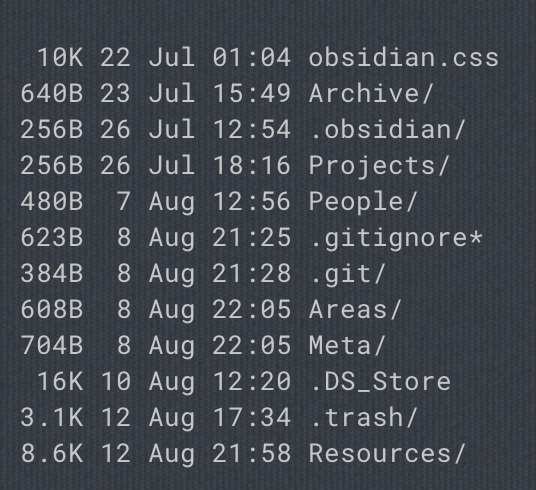I’m not involved in the development of Obsidian. I’m just answering from what I know. Technically speaking, I don’t know the implementation details of indexing or anything like that.
Is there any difference between a vault and a folder (aka “directory”)?
You choose a folder to be the vault. The vault is simply where Obsidian will store your notes, as well as all of its settings files, CSS, trash folder, and any sub-folders, notes and attachments you add yourself.
For example YourOwnVault/.obsidian/.trash is the trash folder
YourOwnVault/.obsidian/config stores things like your own custom hotkeys
YourOwnVault/.obsidian/workspace saves things like the most recent files, and the window layout (I think).
Here is a screenshot of my vault. You’ll see some of my own subfolders, as well as some of the configuration folders that Obsidian uses. Plus my git repo. All the capitalized directories are my own folders.

Can multiple folders be included in one vault? (I.e., are vaults really collections of folders?)
Can vaults include subfolders?
Yes. You can have as many sub-folders as you want. Some people prefer flat. How you design this is a question for “Knowledge management”.
If so, how does this appear in Obsidian’s user interface?
Just try it and see. This isn’t rocket surgery. It’s Markdown notes. And you can easily make a test vault and remove it later.
Can vaults be Git repositories too?
Yes. As you see in my screenshot, I use a git repo. I also keep my vault in Dropbox, so it backups there as well.
In my git repo, I add this to my gitgnore, as well as a huge list of every image type, so that my attachments do NOT backup into my git repo and become huge. Dropbox is backing up my images and attachments. I only want version control on the text content of my notes:
# An excerpt from my .gitignore file
.DS_Store
.trash/*
.obsidian/cache
*.jpg
*.jpeg
*.png
*.raw
*.tif
*.tiff
...
...ETC ETC ETC. I found a list of all image types on Stack Overflow.
Can vaults be used with other software with overlapping functionality? (E.g., Can a vault also be an RStudio Project?)
I don’t know what RStudio is, but yes. You can freely edit your Markdown files in any other application. You can add or remove or edit the files manually from your filesystem. You can add and delete attachments manually from your filesystem.
Except, Obsidian will not manage this for you! If you delete a note that is linked to, that link will be broken in Obsidian. And by "broken I don’t mean cause any errors. The link just won’t exist anymore. Any image attachments you delete will no longer appear, but the text to the link will still be there, and broken.
Summary:
Honestly just create a vault and try these things. It isn’t permanent or scary.